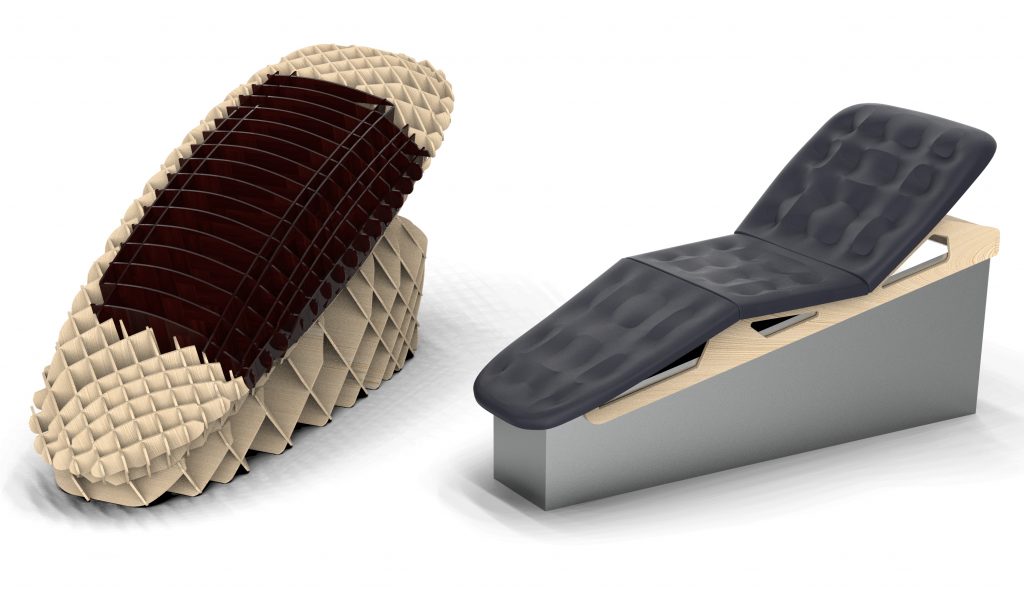


History of Sarco
The Sarco was inspired by UK man, Tony Nicklinson, who had ‘locked-in’ syndrome.
Click to view a visual history of the Sarco Timeline.
Well known for his invention of ‘The Deliverance Machine‘ (now in the British Science Museum), in 2012 Dr Philip Nitschke was asked by Tony’s legal team to develop a technological solution to help Tony lawfully end of his life.
‘Suicide Machine that could be Controlled by the Blink of an Eye Sparks Euthanasia Debate‘ – The Independent, 17 April 2018.
The idea for the Sarco was born.

Subsequent Design Considerations in the Sarco Capsule would include:
- No specialised skills or involvement required
- No sourcing of difficult to obtain drugs
- No need for intimate medical involvement – eg. the insertion of an intravenous cannula
Those with a significant disability (eg. frailty or increasing paralysis from a disease such as MND/ ALS) should not be disadvantaged.
Activation by eye movement or voice control could be considered.
A longer-term aim of the Sarco Project concerns the incorporation of AI to screen potential users for mental capacity.
